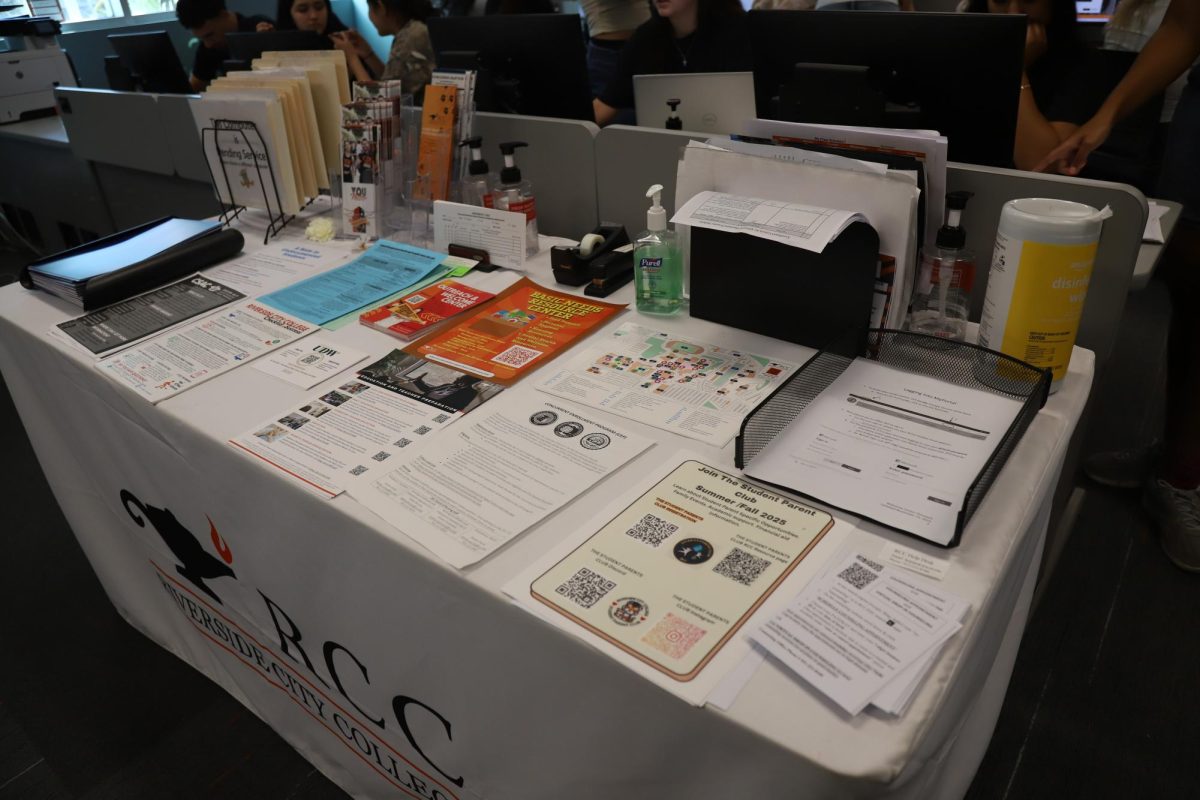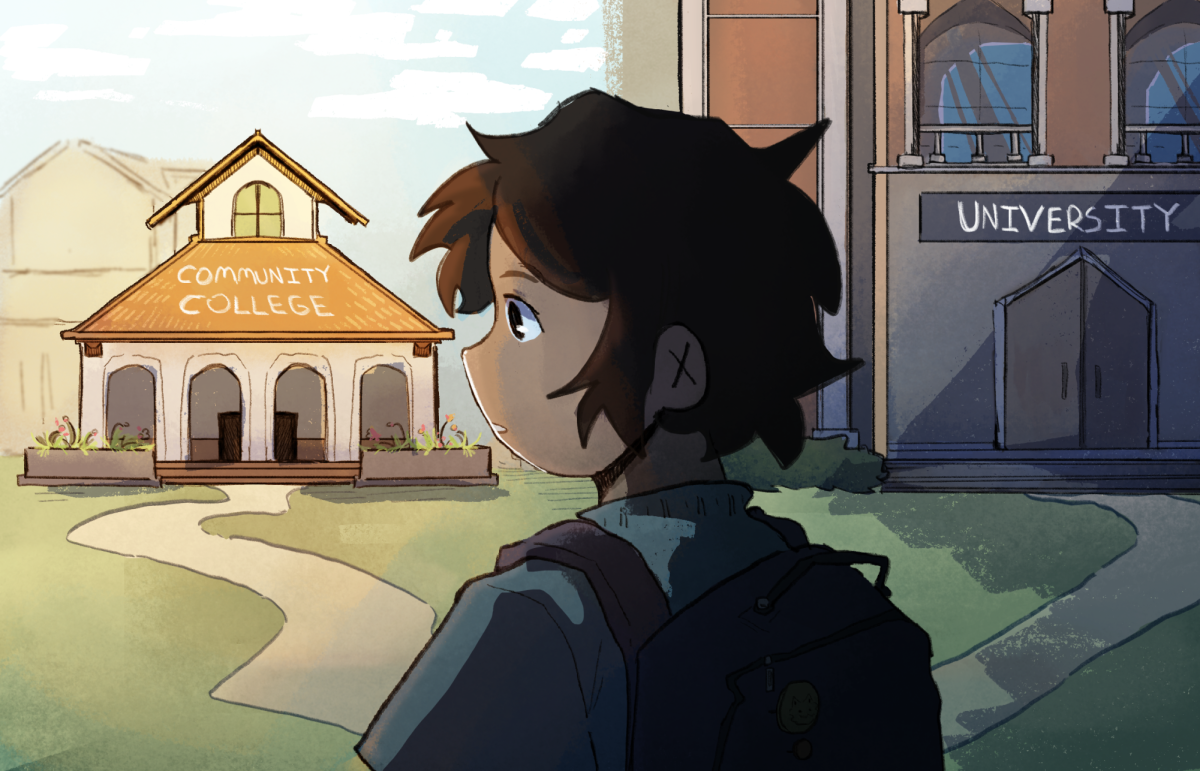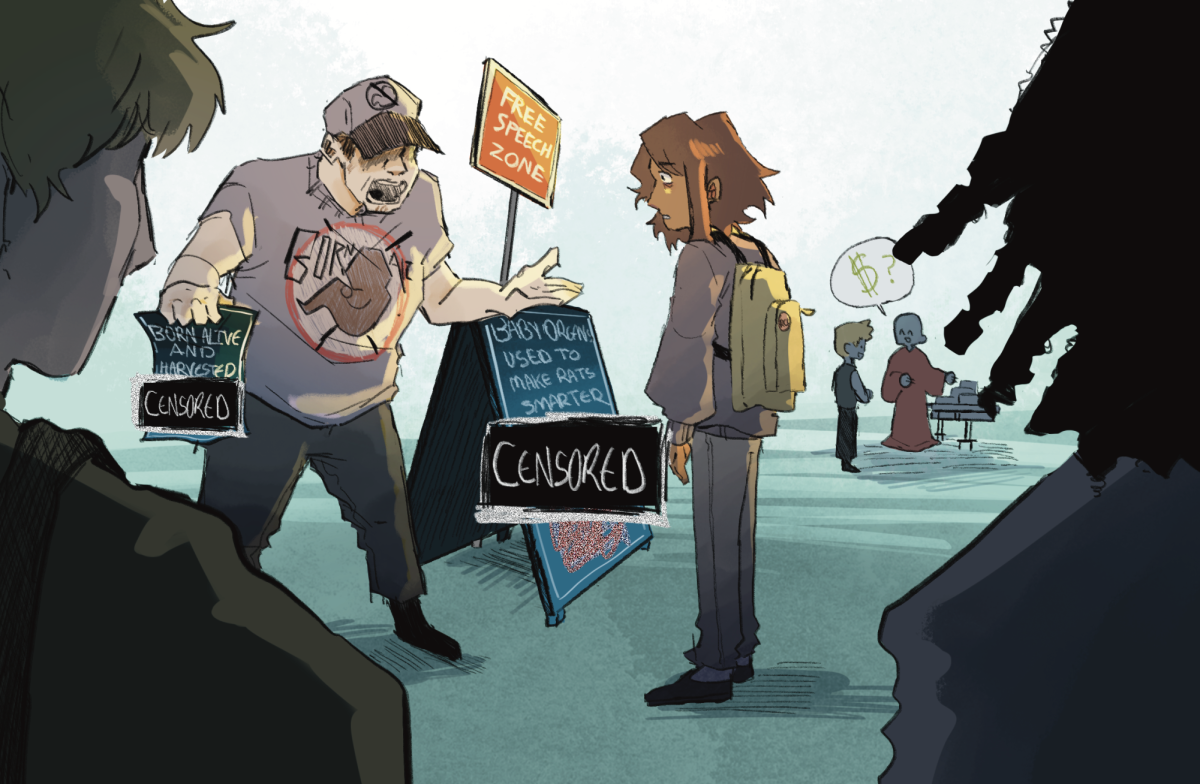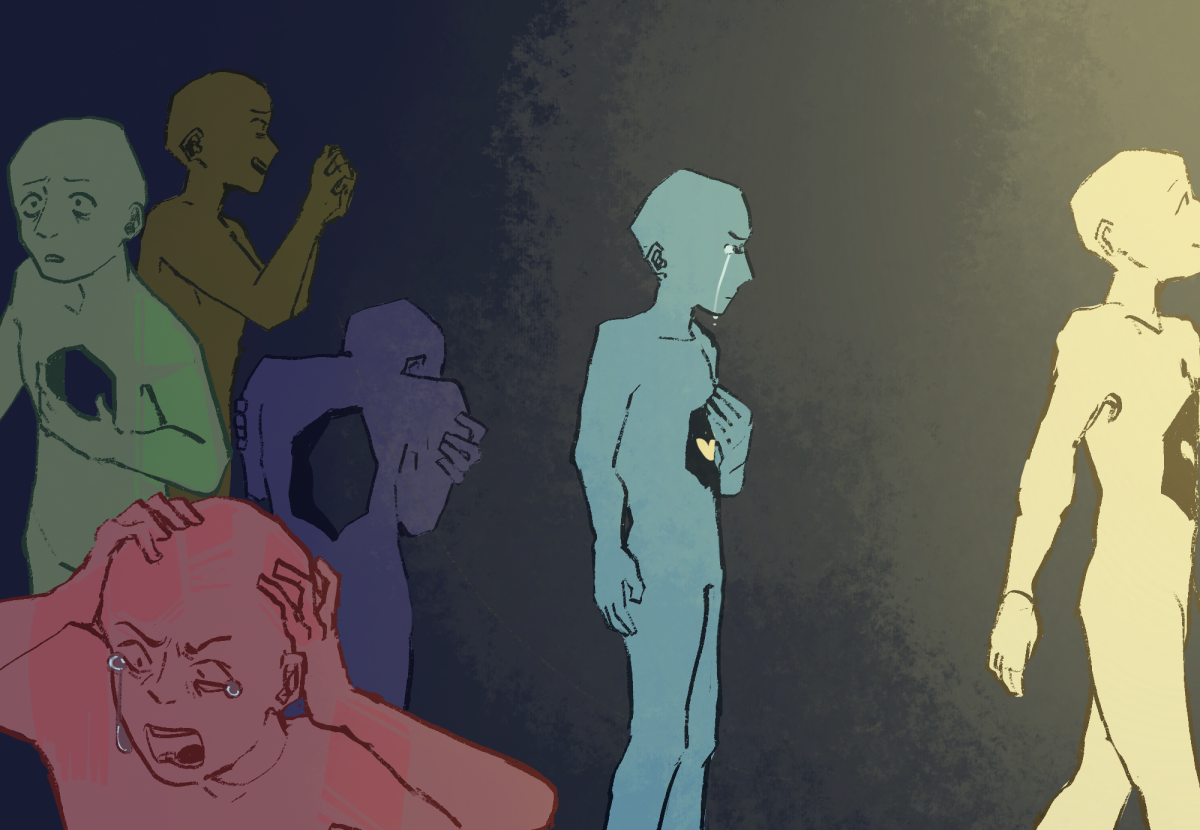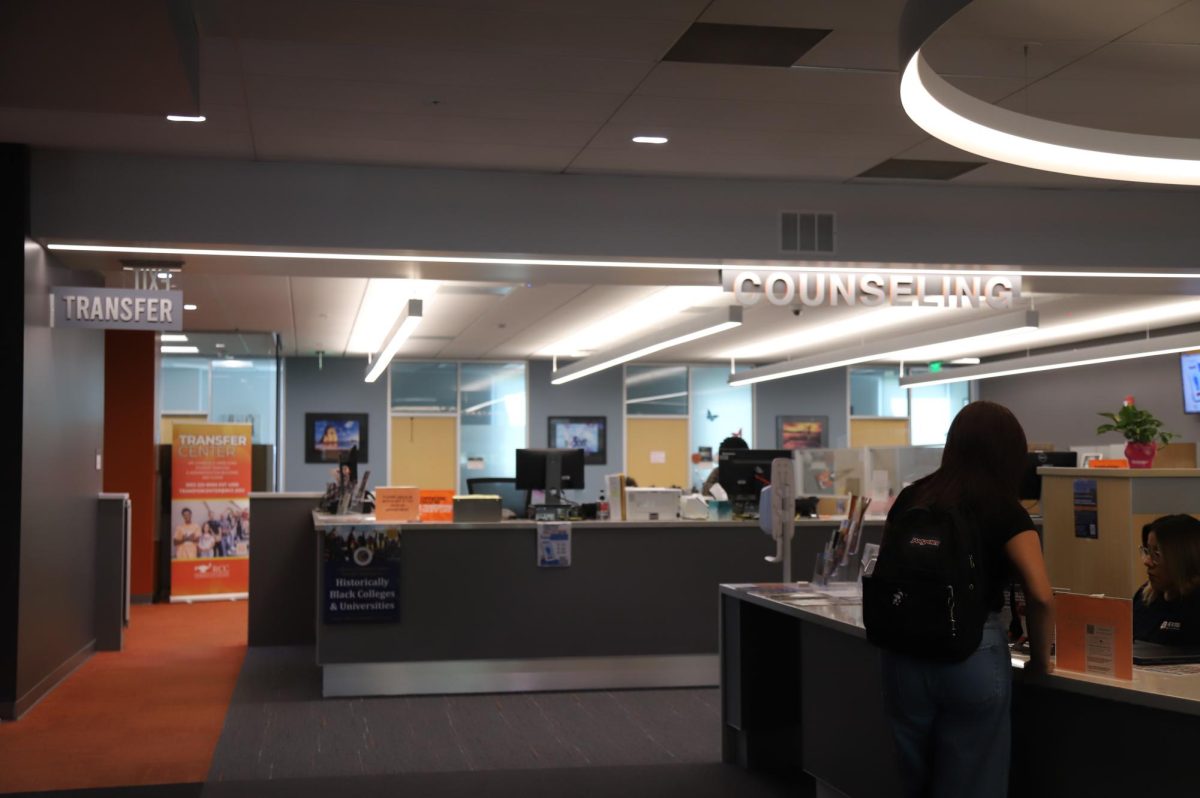
In grade school, college is presented as the only successful option for students after graduation. College, as in, a four-year university.
Educating young students in college is important but the grade school approach is too extreme. From kindergarten to senior year, we were raised to think attending a prestigious school was the only option to be successful. It’s not.
The idea of furthering our education and attending a four-year university was wired into our brains from a young age. This only caused distress. Many cannot afford secondary education after graduating, or don’t have the passion to continue school. Being in school for four more years is not for everyone. It shouldn’t be.
College spirit days, recruitments, career and college fairs are some tactics that schools used to show the importance of higher education. Many in our editorial staff recall their peers being praised for planning on attending a university straight out of high school. This praise left us out as students who planned on attending community college, those considering trade school and those who worked full-time.
It has pressured students to unconsciously enter a life full of debt.
Let’s say these tactics did work. Everyone attended universities, graduated and got high paying jobs. Where would society be without the jobs gained through experience and not necessarily because of a degree?
Rather than pressuring students by presenting college as a complete positive time, schools should focus on presenting the truth about college.
College is stressful and takes up a big part of a young adult’s life. Committing yourself to learning is a fulltime job. So, instead of pressuring students to apply for college, educators should prepare them for what to expect.
Students, especially high schoolers approaching graduation, should be made aware of the challenges college presents. We will never be prepared for the sleepless, stressful nights and financial burdens. Along with that comes the struggle of finding who you are as a young adult.
High school preparation classes for college like Advancement Via Individual Determination (AVID) also lacked the guidance that they invariably preach about.
While their ideas were meant to inspire and encourage us to dream big and take a leap, it sadly was misguided and unrealistic.
There wasn’t much consideration over whether or not this might be beneficial to most students, especially those coming from low-income families. There wasn’t much preparation on how we were going to be able to pay for our schooling.
Efforts made by high school educators only taught students how to make it into college but not what to do once they got there.
It’s important for students to understand what they are jumping into after the comfort of high school. Being community college students, we are more prepared to attend a university .
Grade schools need to shift the focus onto more options besides a university. Trade schools are also a viable option for high school graduates, not just college.
It allows students to focus on a career they are passionate about.
We are not saying attending a university forces students to go into a profession they are not excited about. However, there is less room for students to figure that out.
Jumping right into a university is scary. It’s a whole educational change.
Preaching to students that there are other options out there can prevent students from dropping out after paying large sums to institutions.
Instead of making students believe that attending a prestigious university is the only path to a happy, successful life, let’s educate them on other options and the reality of college.

